Customer Success - AI-Powered Customer Service

Enhancing customer experiences with AI
Get Embed Code
Understanding Customer Success
Customer Success is designed to proactively guide customers in maximizing the value they derive from a product or service, ensuring they achieve their desired outcomes while using the product. This role evolved from the need to retain customers and foster loyalty in subscription-based and service-oriented businesses where ongoing customer satisfaction is crucial for revenue growth. Customer Success involves understanding customer goals, providing strategic support, and fostering a positive relationship between the customer and the company. For example, in a software company, a Customer Success Manager (CSM) might work with a new client to implement the software within their business processes, providing training sessions, and regular check-ins to address any issues and ensure the software is meeting the client’s needs. This hands-on approach helps prevent churn, encourages upgrades, and ensures customers feel valued and understood. Powered by ChatGPT-4o。

Main Functions of Customer Success
Onboarding and Implementation
Example
Guiding a new customer through the setup and customization of a SaaS platform.
Scenario
A CSM conducts an initial meeting to understand the customer's business goals, followed by setting up the software according to these goals and providing comprehensive training to the customer's team.
Ongoing Support and Relationship Management
Example
Regular check-ins with customers to ensure the product meets their evolving needs.
Scenario
Scheduling quarterly business reviews with clients to discuss their usage of the product, address any challenges, and plan for future needs, thereby strengthening the relationship and ensuring continued satisfaction.
Advocacy and Feedback Loop
Example
Collecting customer feedback and advocating for product improvements based on this feedback.
Scenario
Gathering insights through surveys or conversations about the customer's experience and needs, then working with the product team to prioritize and implement feature requests that align with the customer base's requirements.
Renewal and Expansion
Example
Identifying opportunities for upselling or cross-selling based on the customer's usage and satisfaction levels.
Scenario
Analyzing customer usage data to recommend additional modules or services that could enhance the customer's outcomes, leading to increased value for both the customer and the company.
Ideal Users of Customer Success Services
SaaS and Subscription-Based Businesses
These businesses benefit immensely from Customer Success by reducing churn and increasing lifetime value through continuous engagement and support, ensuring customers remain satisfied and see value in their subscription.
Enterprises with Complex Products
Companies offering products or services that require extensive customization or have a steep learning curve find Customer Success invaluable. It helps to simplify the customer journey, ensuring that clients can fully leverage the product's capabilities.
Startups Looking to Scale
Startups can accelerate growth by implementing Customer Success strategies to build strong relationships with early customers, refine their product offering based on real user feedback, and create a loyal customer base that contributes to sustainable growth.
Businesses Aiming for High Customer Retention
Any business that prioritizes customer retention over merely acquiring new customers will find Customer Success strategies beneficial. By focusing on customer satisfaction and success, these businesses can improve their retention rates and reduce the cost of acquisition.

How to Use Customer Success
Start Free Trial
Visit yeschat.ai to begin your free trial instantly without the need for logging in or subscribing to ChatGPT Plus.
Define Your Goal
Clearly define your objective or the problem you're looking to solve with Customer Success, such as improving customer support, enhancing engagement, or streamlining feedback collection.
Choose Your Use Case
Select from the available Customer Success functionalities that best meet your goal. Use cases range from automated customer interactions to data analysis and reporting.
Customize Settings
Adjust the settings to tailor the interaction style, response format, and any specific parameters to match your business needs and customer expectations.
Analyze and Iterate
Regularly review the outcomes and feedback to continuously refine your approach. Utilize analytics to make informed adjustments for optimal performance.
Try other advanced and practical GPTs
Success Coach
Empowering your goals with AI
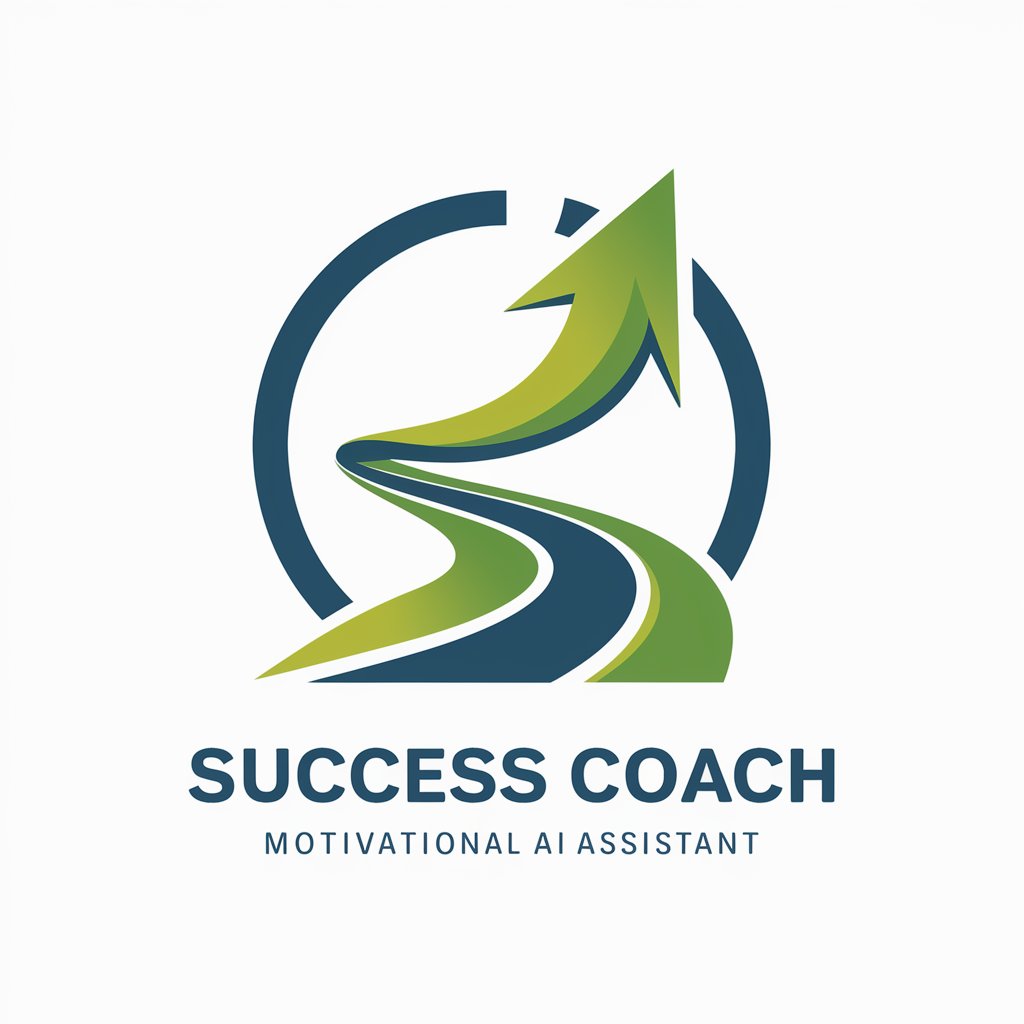
Abortions
Empowering Creativity with AI

Piano Sheet Music
Unleash Your Piano Potential with AI

Piano Mentor
Unlock piano mastery with AI guidance

Piano Maestro
Master piano with AI-driven guidance

Piano Companion
AI-powered Piano Learning Companion

Success
Elevate Your Success with AI-powered Motivation
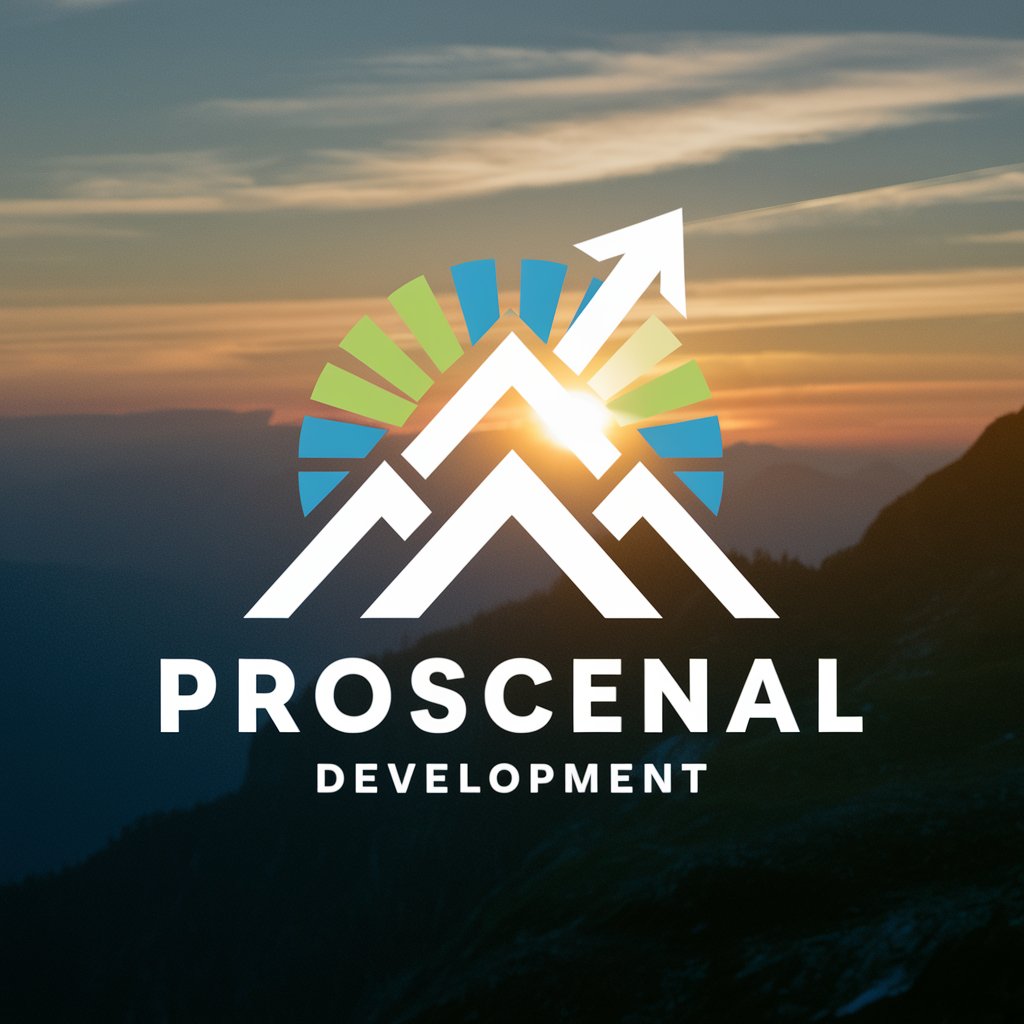
Success Strategist
Empowering your path with AI-driven motivation.
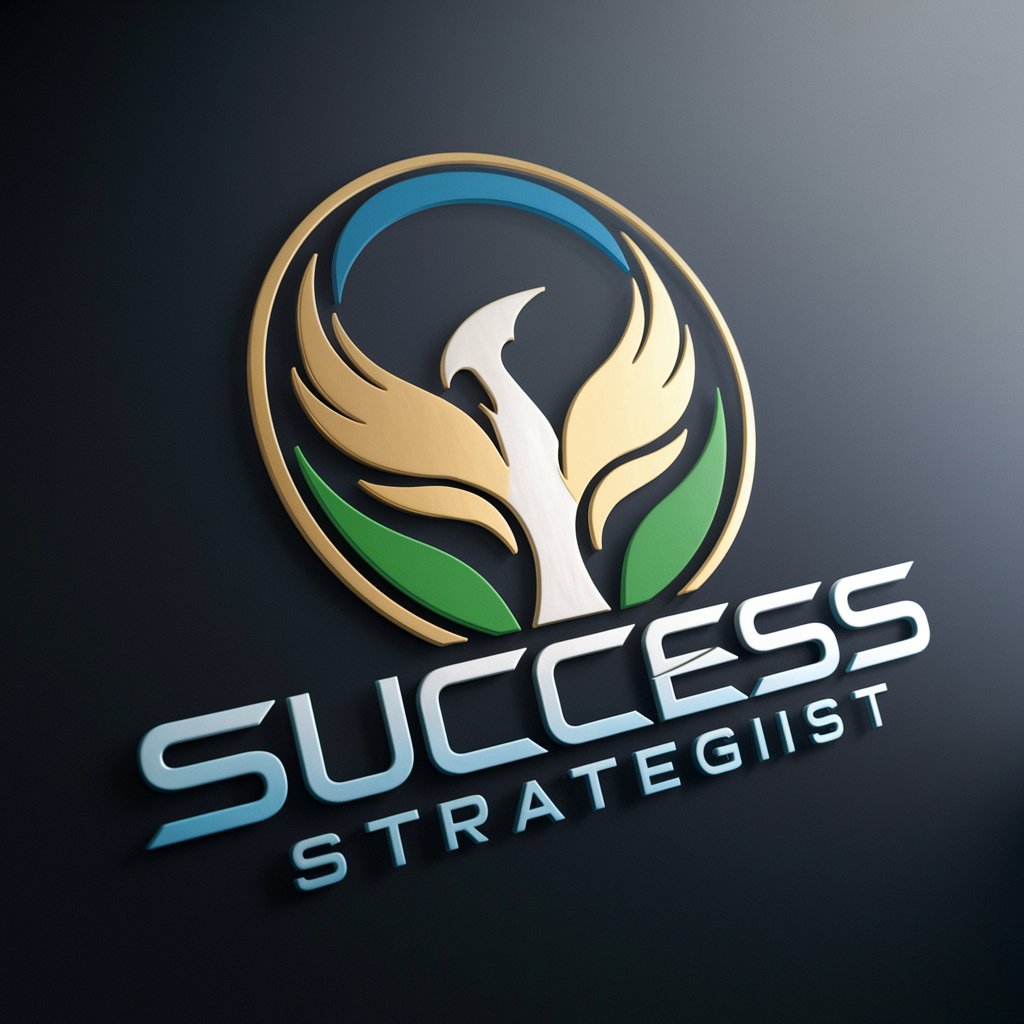
Soccer Success
AI-Powered Football Coaching Assistant
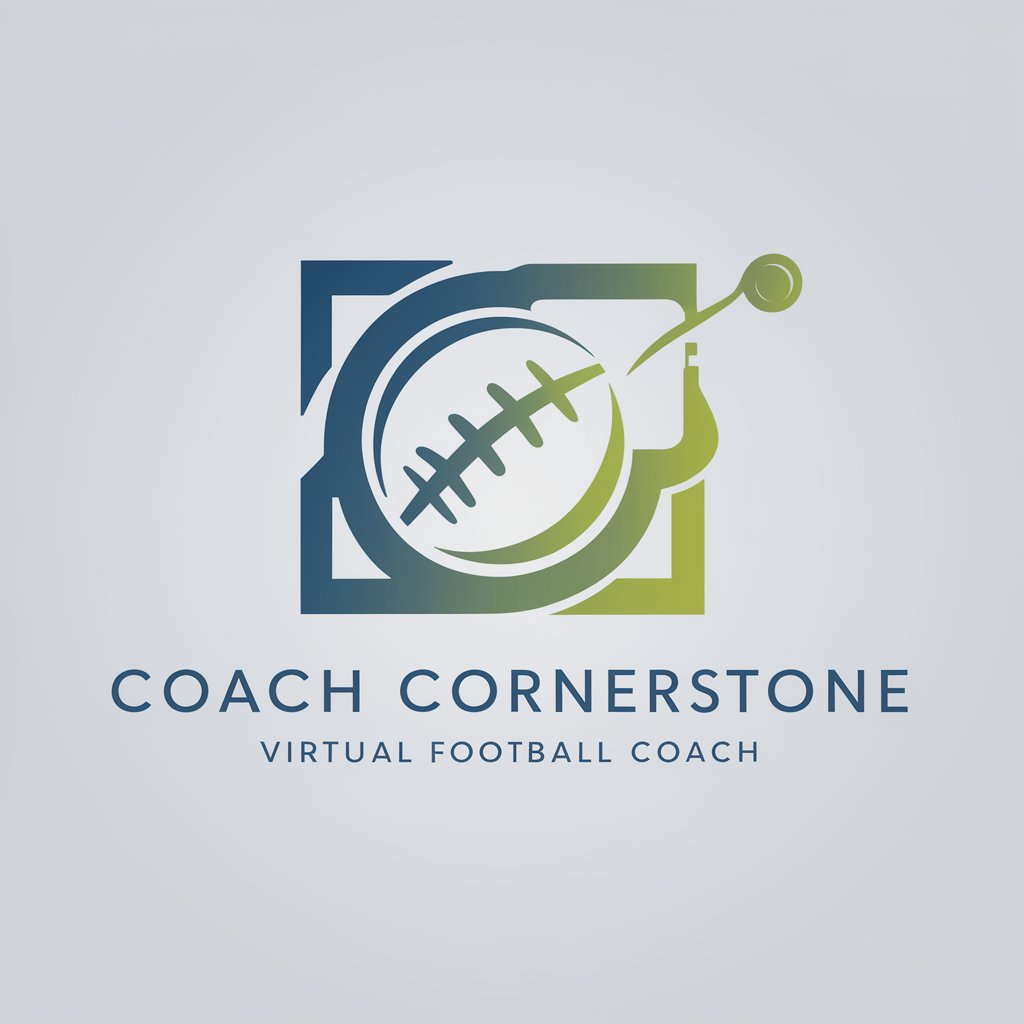
Success Architect
Empowering Your Success with AI
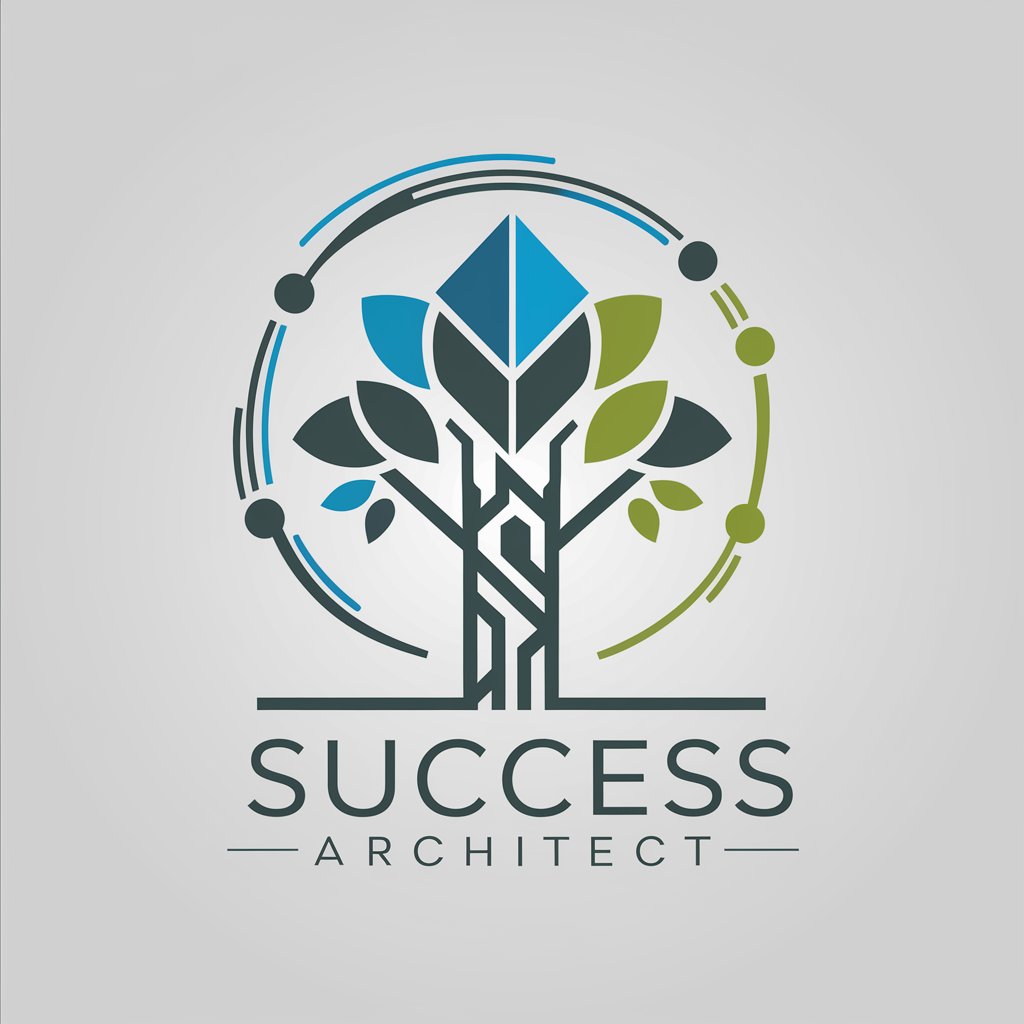
Success Mentor
AI-powered Startup Mentorship
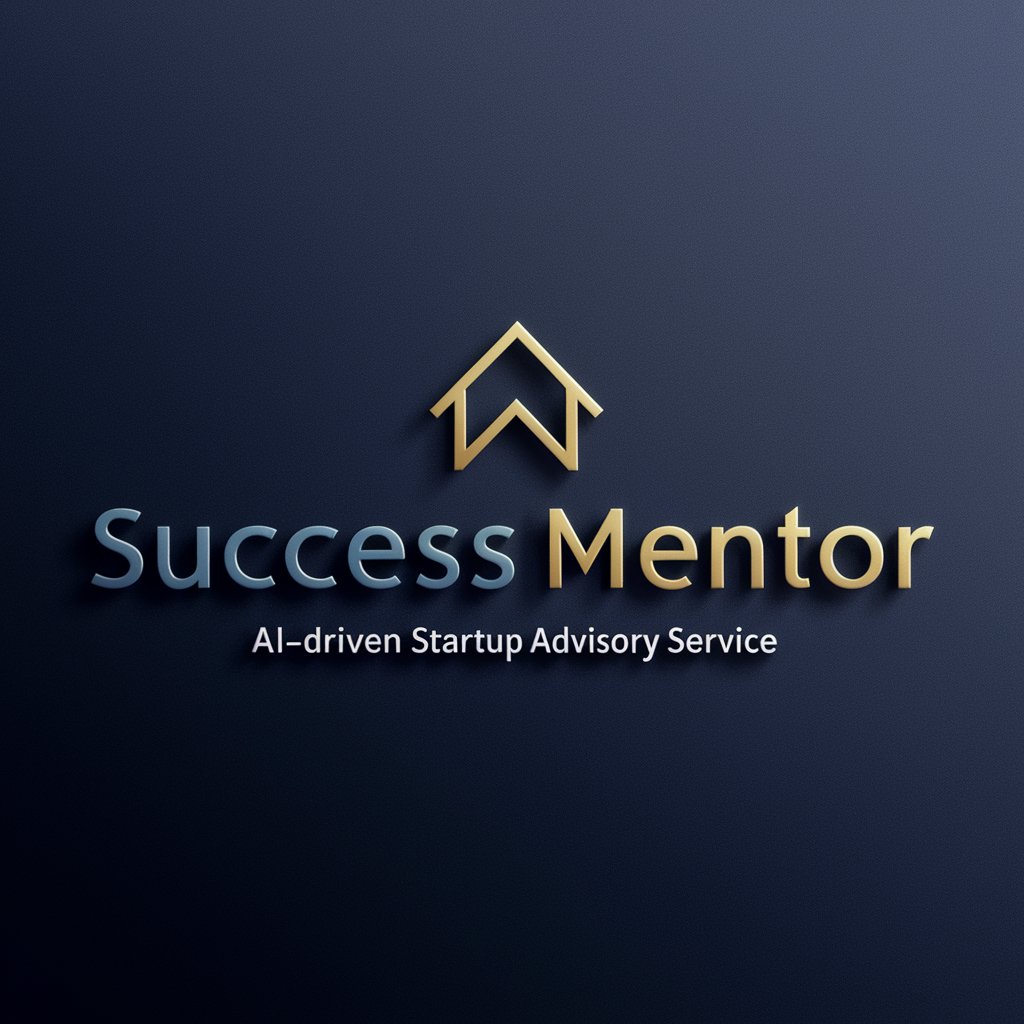
Success Mentor
Empowering Your Success Journey with AI
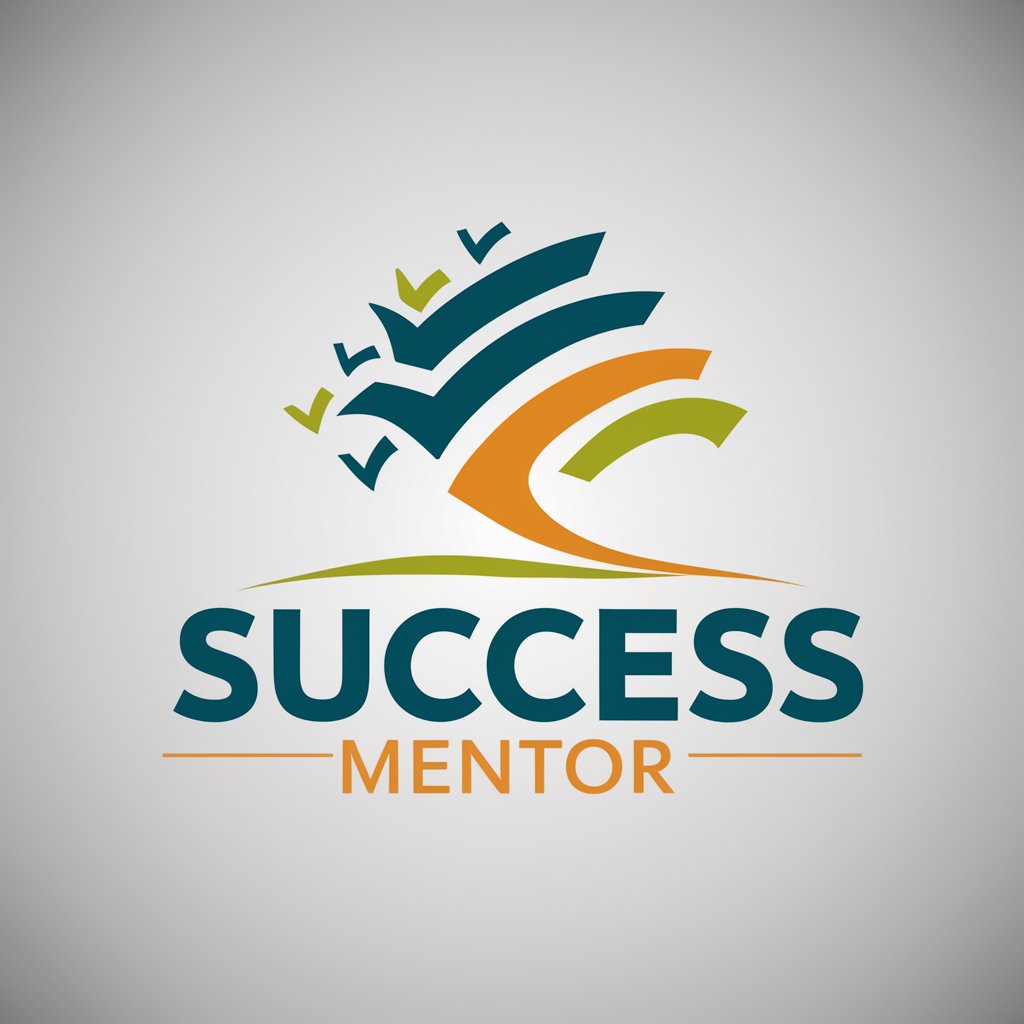
FAQs about Customer Success
What is Customer Success?
Customer Success is an AI-powered tool designed to assist businesses in enhancing their customer service and support systems, streamlining processes, and improving overall customer satisfaction through automation and advanced analytics.
Can Customer Success integrate with my existing CRM?
Yes, Customer Success is built to be compatible with a variety of CRM systems, allowing for seamless integration and synchronization of customer data for more personalized and efficient service.
How does Customer Success handle data security?
Customer Success prioritizes data security with robust encryption and compliance with data protection regulations, ensuring that your customer information is handled safely and confidentially.
Can I customize the AI's interaction style?
Absolutely. Customer Success allows you to customize the AI's communication style, tone, and responses to align with your brand identity and meet your customers' expectations.
Is there a way to measure the impact of using Customer Success?
Yes, Customer Success provides detailed analytics and reporting features that track various metrics such as customer satisfaction, engagement levels, and resolution times, helping you measure the impact and ROI of the tool.
